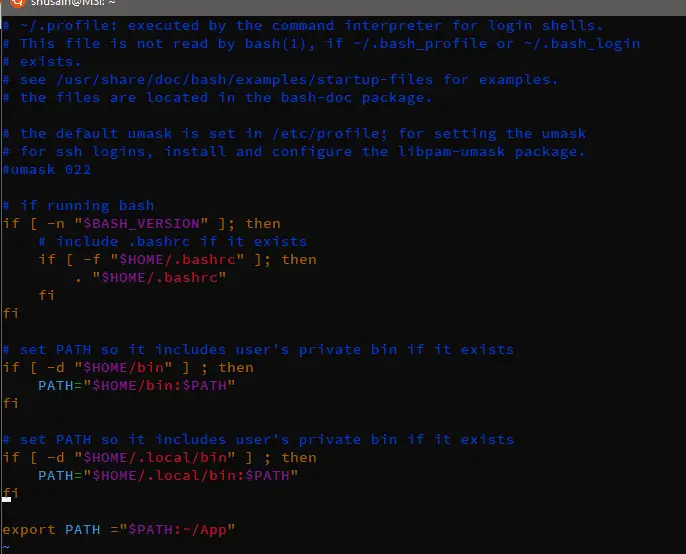
If this general approach is acceptable, C code, to know, hard to write (though I'd rather not write it if it's useless, i.e.An interesting option, in this case, is to use purge to remove all the files related to this package.
• Use readdir (and opendir &c of course) recursively opening subdirectories until to find in a struct dirent thus received the same inode number you had in the original struct stat. To remove a package on Ubuntu and all Debian-based distributions, you probably already know the syntax: sudo apt removeIf the stats to give, then we have to "walk the tree" of directories on the relevant device otherwise we find all the hard links (or just the first one, if you don't need more than one and any one will do).Here are the implementation and output: Method 2: The realpath Command The realpath command displays a file’s absolute path. We will use the -f option in combination with readlink to print the location of the file. if 0 hard links to know there is in fact no corresponding filename on disk. Method 1: The readlink Command The readlink command is used to print canonical file names.


The iterator returns a tuple containing (rootpath, dirs, files). results rather than 1), we can do it: first, fstat the FD - this tells as, in the resulting struct stat, what device the file lives on, how many hard links it has, whether it's a special file, etc. The command command is another utility that we can use to find the path of a Linux command. If you want to get absolute paths back, call readdir with an absolute directory path.
#Linux get file path full
In Linux, it looks something like the following: /home/user/Documents/test.txt This is the full file path of file test.txt. Every operating system has different variants of the full path of a file. In Linux and OS-X, it starts with /, which is called root. The full path of a file in Linux refers to the complete address including directories and subdirectories using which the file can be located.
#Linux get file path how to
how to extract path location from below given string.

This module implements some useful functions on pathnames.

This is similar to (.zsh) if you want to add a full path to your prompt configurations. Stripping directory paths to get file names (5 answers) Closed 8 years ago. The basic problem is that there is no index in most filesystems that work in this direction. Source code: Lib/posixpath.py(for POSIX) and Lib/ntpath.py(for Windows). tested on 3 different status bars already. I am pretty much sure, this solution is package ignostic, so no need to worry about the lualine status bar, any status bar is ok. I wrote this function to get the full path of my current directory and then mapped it to the lualine (any status line is the same).


 0 kommentar(er)
0 kommentar(er)
